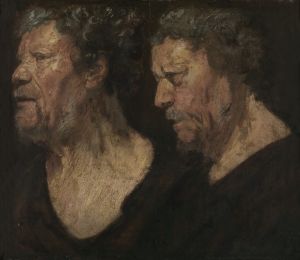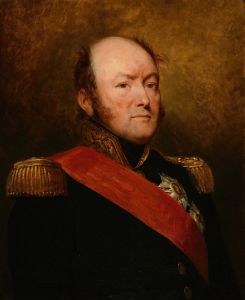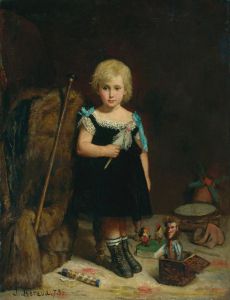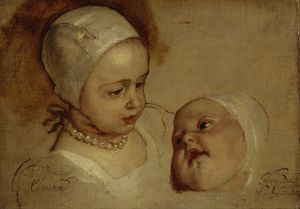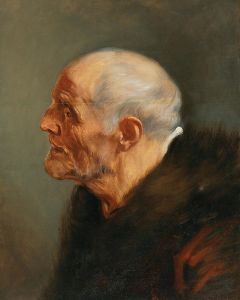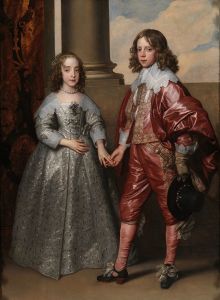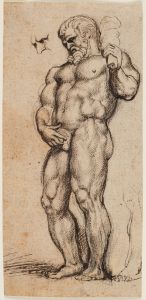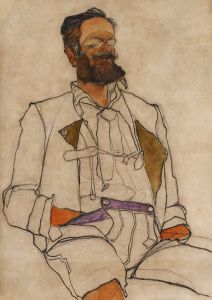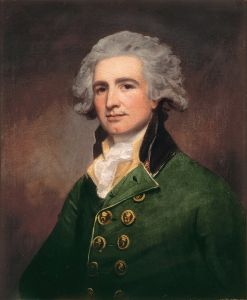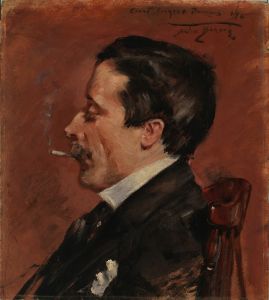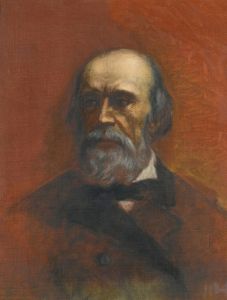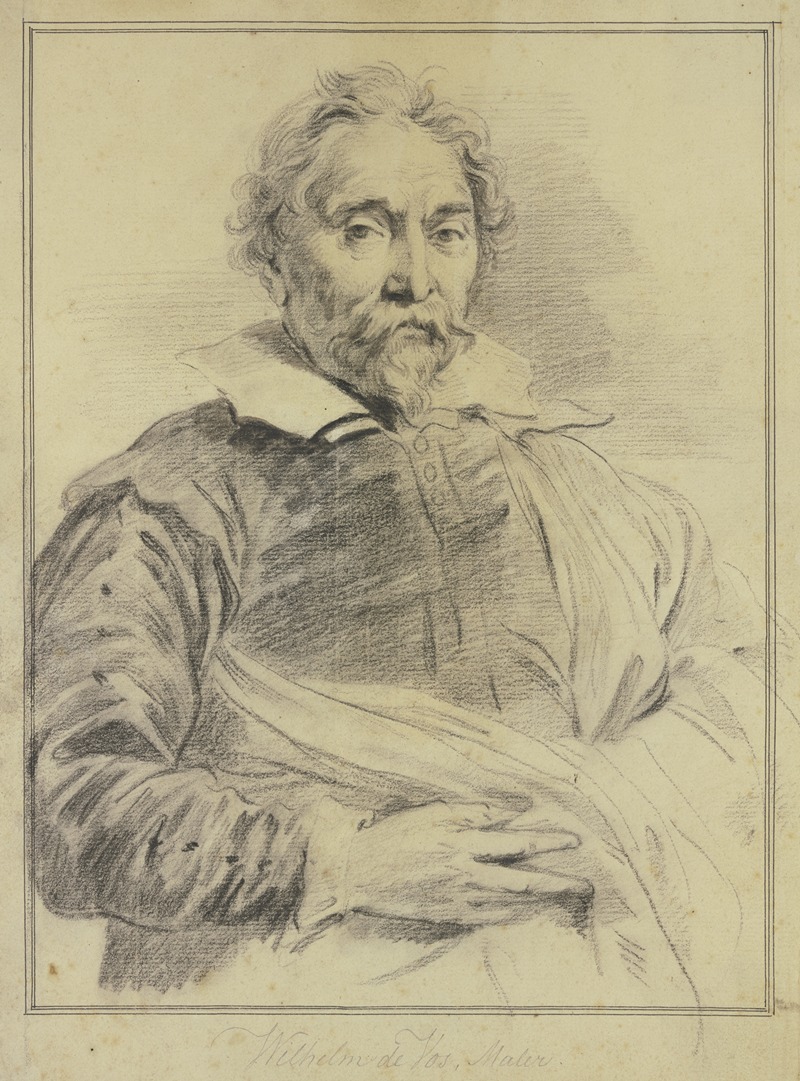
Portrait of Wilhelm de Vos
A hand-painted replica of Anthony van Dyck’s masterpiece Portrait of Wilhelm de Vos, meticulously crafted by professional artists to capture the true essence of the original. Each piece is created with museum-quality canvas and rare mineral pigments, carefully painted by experienced artists with delicate brushstrokes and rich, layered colors to perfectly recreate the texture of the original artwork. Unlike machine-printed reproductions, this hand-painted version brings the painting to life, infused with the artist’s emotions and skill in every stroke. Whether for personal collection or home decoration, it instantly elevates the artistic atmosphere of any space.
Anthony van Dyck, a prominent Flemish Baroque artist, is renowned for his portraits that capture the elegance and stature of his subjects. One of his notable works is the "Portrait of Wilhelm de Vos." This painting exemplifies van Dyck's mastery in portraiture, showcasing his ability to convey the personality and status of his sitters through his distinctive style.
Wilhelm de Vos was a member of the de Vos family, a notable lineage in Antwerp during the 17th century. The de Vos family was well-connected within the artistic and commercial circles of the city, which was a thriving hub of trade and culture during this period. While specific details about Wilhelm de Vos's life and career are limited, it is known that he was part of this influential family, which included artists and merchants.
The "Portrait of Wilhelm de Vos" is a testament to van Dyck's skill in capturing the essence of his subjects. Van Dyck was a pupil of Peter Paul Rubens, and his work reflects the influence of his mentor, particularly in the use of rich colors and dynamic compositions. However, van Dyck developed his own distinctive approach, characterized by a more refined and elegant style that emphasized the grace and dignity of his sitters.
In this portrait, van Dyck employs his signature techniques to highlight Wilhelm de Vos's status and character. The composition is carefully balanced, with de Vos positioned in a way that conveys both confidence and poise. Van Dyck's use of light and shadow adds depth to the painting, creating a sense of realism and immediacy. The attention to detail in the rendering of textures, such as the fabric of de Vos's clothing and the subtle nuances of his facial expression, further enhances the lifelike quality of the portrait.
Van Dyck's portraits are also notable for their psychological depth. In the "Portrait of Wilhelm de Vos," the artist captures not only the physical likeness of his subject but also hints at his inner character. The expression on de Vos's face suggests a man of intelligence and discernment, qualities that would have been valued in the social and commercial circles of Antwerp.
The painting is an excellent example of van Dyck's ability to blend the grandeur of Baroque art with a more intimate and personal approach to portraiture. His work had a significant influence on the development of portrait painting in Europe, particularly in England, where he later became the court painter to King Charles I.
Today, the "Portrait of Wilhelm de Vos" is appreciated not only for its artistic merit but also as a historical document that provides insight into the people and culture of 17th-century Antwerp. Van Dyck's portraits remain highly regarded for their technical excellence and their ability to convey the humanity of their subjects, securing his legacy as one of the foremost portraitists of his time.





